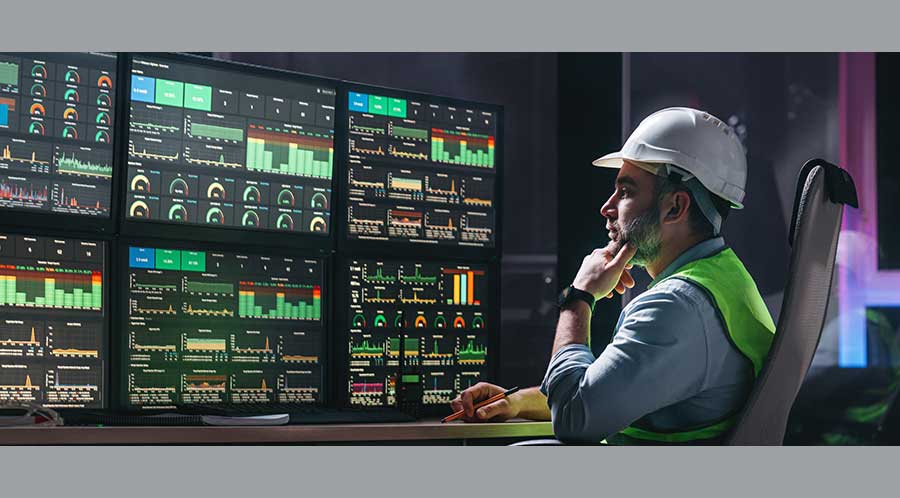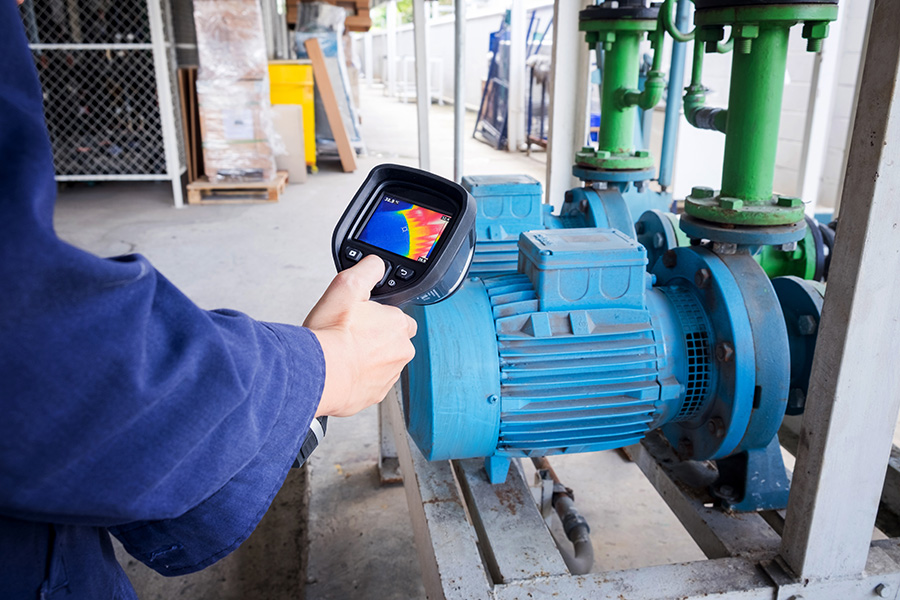Moving to Mobile CMMS can Present Challenges
Part three of a 4-part article on the benefits of mobile CMMS
The challenges presented by the move to mobile CMMS can range from mundane to critical. For most facilities, no challenge is more critical than ensuring the security of facility systems and the related data.
“Like many institutions, we have system security concerns,” Flores says. “The devices give users access to corporate data and institutional data. So our IT department has put in place system security policies. To adhere to those policies, we have to use a MDM (mobile device management) system to enforce a pass code. If you don’t put a pass code on it, anybody can use it. The MDM gives us the opportunity to do things like protect the data, control access to different web sites, and limit the applications they install. It’s not that we don’t trust our guys. It just makes it cleaner to have the same configuration on each device.”
The situation also requires Flores to take additional measures to address security.
“Policies and procedures needed to be developed to handle various issues like standardization of procedures, data security, and device tracking,” Flores says. “Both the operating system and the application software have periodic updates, and the IT group had to keep up with the latest versions and be sure that they were compatible with the existing system infrastructure.”
White’s department also wrestled with user access related to mobile technology.
“Through the implementation process, we found out that if you give someone a computer, they might do silly things, like spend time in eBay,” he says. “It’s not an intense policy because there needs to be a balance, just like there is with any workforce as far as trying to do their online banking at work and things like that. And if a phone gets lost or stolen, we can wipe them remotely.
For White, another challenge relates to the element of buy-in among the parties involved in the complex process.
“We probably have people at different levels of management that are having difficulty buying into it,” says White, whose 190-person department is responsible for 92 buildings with 5 million square feet of space. “We definitely have executive sponsorship, as well as throughout the operation because there are groups that do the reporting to the business and financial group. But even at a level I wouldn’t expect, I feel like we don’t have total buy-in. We want to have full, high, wide and deep enthusiasm about what we’re trying to do.”
Besides the use of the new software and hardware to enhance mobility, managers looking to take full advantage of mobile technology must address users’ access to and use of apps. They are trying to balance the system’s security needs with the benefits provided by any given app.
“Technicians do not have the ability to download apps onto their devices,” says Erik Dantes, facilities information technology director with Western Michigan. “We made a best guess as to what apps they probably would need. So they have a pdf reader and a weather app. We have considered and looked at manufacturer’s apps, but we haven’t rolled out any of those.”
Flores says his department has taken a similar approach, taking staff suggestions into account in determining whether an app’s benefits warrant its use.
“We solicit input from the technicians about apps they have discovered and review them for appropriateness,” Dantes says. “If there appears to be value to the group, we add the app to the iPad configuration for all of the technicians. If the suggested app has a competing version that is already in use, we refer the technician to existing apps that have related functions. If there is a demonstrated special need, we add the app to the individual’s iPad.”
Find out what CMMS developers have to say about the benefits and challenges of implementing mobile CMMS software, as well as a list of vendors of computerized maintenance management system software.
Related Topics:















